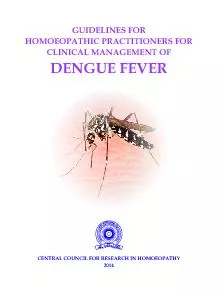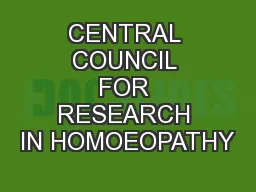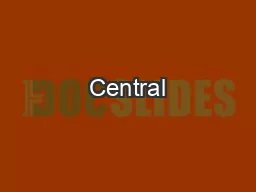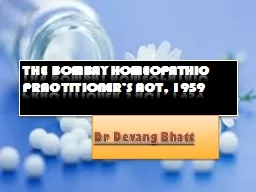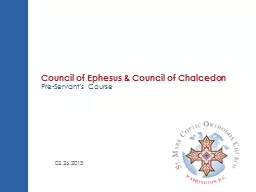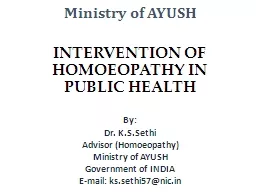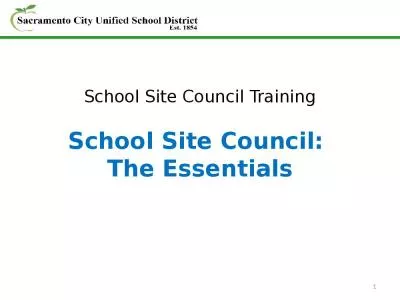PDF-CENTRAL COUNCIL FOR RESEARCH IN HOMOEOPATHY
Author : conchita-marotz | Published Date : 2015-08-08
GUIDELINES FOR HOMOEOPATHIC PRACTITIONERS FOR CLINICAL MANAGEMENT OF DENGUE FEVER 2014 Central Council for Research in Homoeopathy New Delhi IndiaCentral Council
Presentation Embed Code
Download Presentation
Download Presentation The PPT/PDF document "CENTRAL COUNCIL FOR RESEARCH IN HOMOEOPA..." is the property of its rightful owner. Permission is granted to download and print the materials on this website for personal, non-commercial use only, and to display it on your personal computer provided you do not modify the materials and that you retain all copyright notices contained in the materials. By downloading content from our website, you accept the terms of this agreement.
CENTRAL COUNCIL FOR RESEARCH IN HOMOEOPATHY: Transcript
Download Rules Of Document
"CENTRAL COUNCIL FOR RESEARCH IN HOMOEOPATHY"The content belongs to its owner. You may download and print it for personal use, without modification, and keep all copyright notices. By downloading, you agree to these terms.
Related Documents

